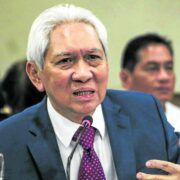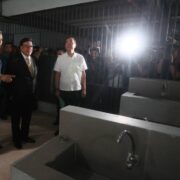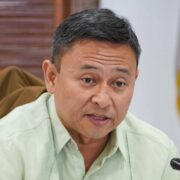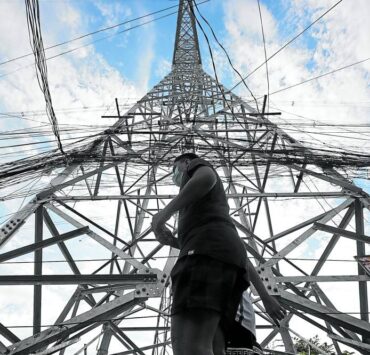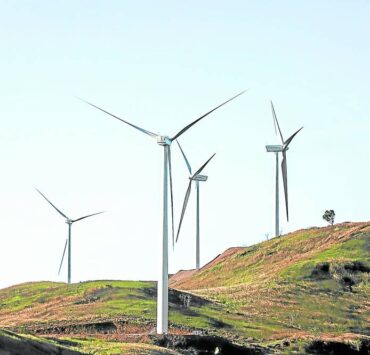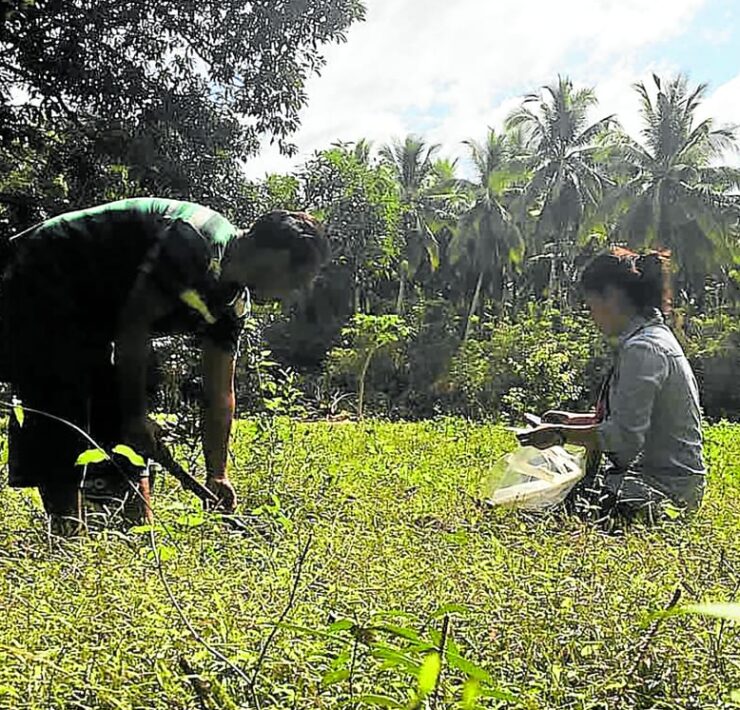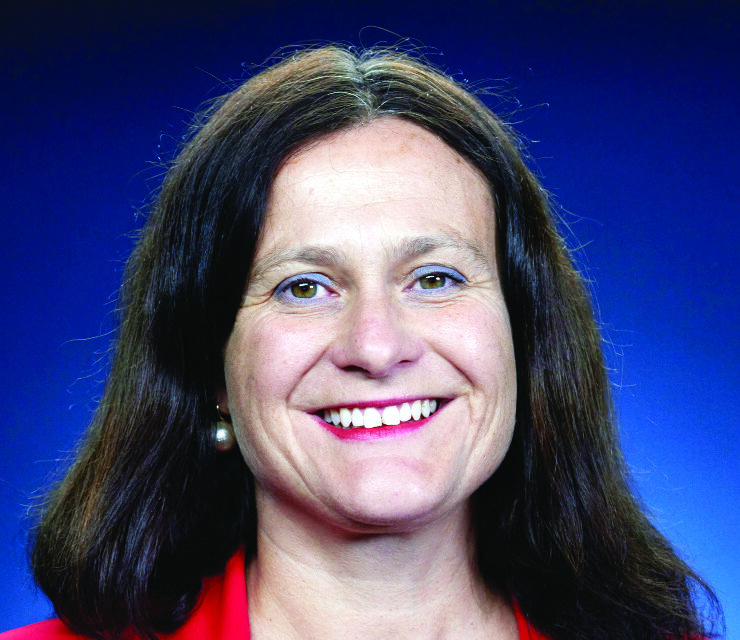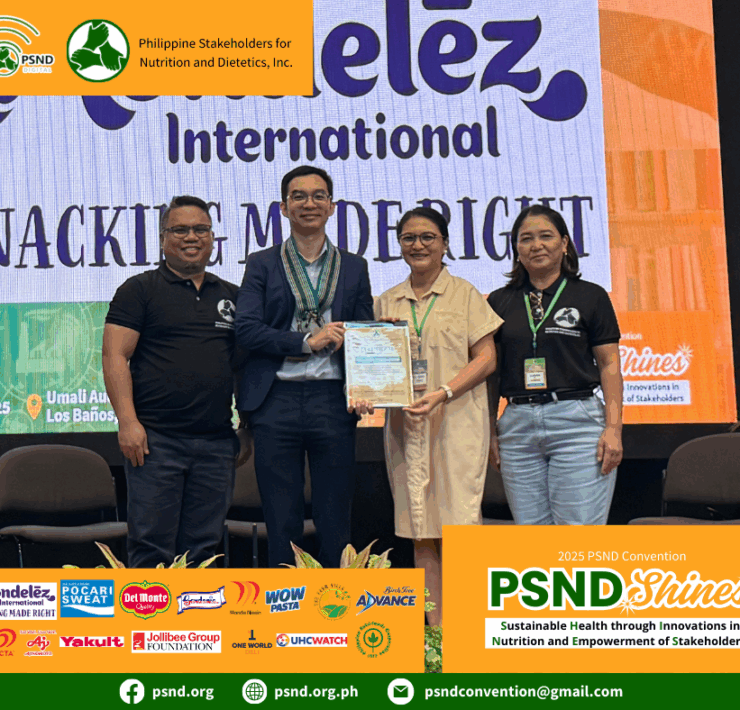Solar irrigation boosts Bicol’s rice production, revives idle farmlands
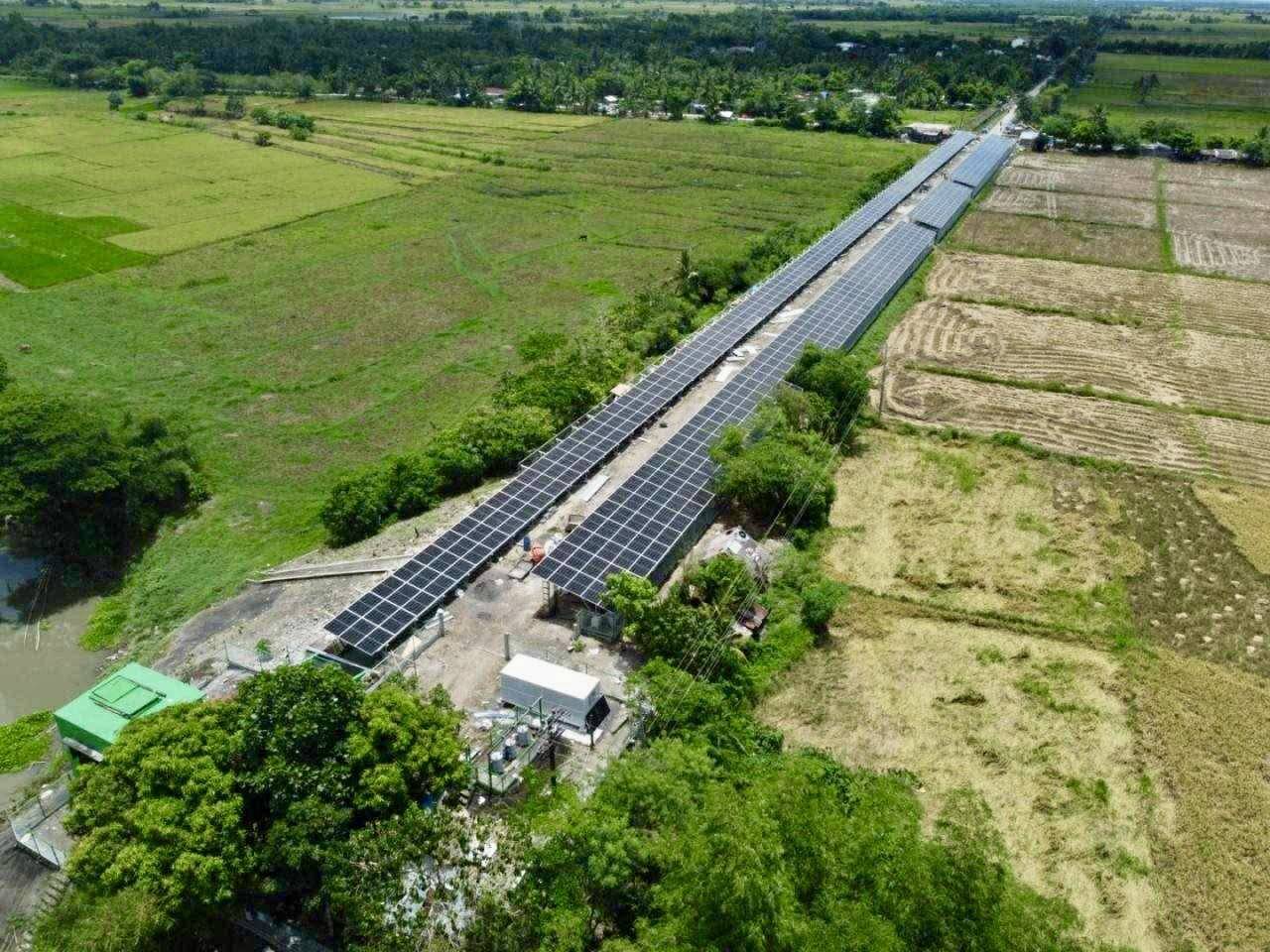
NAGA CITY—The National Irrigation Administration (NIA) in Bicol has activated solar-powered irrigation systems in the provinces of Masbate, Albay, and Camarines Sur, in a move expected to boost local rice production and revitalize idle farmlands that have long relied on rainfall.
Powered by photovoltaic panels and electric pumps, the systems draw water from shallow wells and rivers, reducing farmers’ dependence on expensive fuel-based irrigation.
NIA Bicol Regional Director Engr. Gaudencio De Vera said the project is expected to double or even triple harvests in previously rain-fed areas.
“In Masbate alone, where farmers used to plant only once a year, many are now reporting two to three cropping cycles, thanks to a consistent water supply,” he told the Inquirer.
In Minalabac town in Camarines Sur, over 1,255 hectares of farmland are now covered under the solar irrigation project, with yield projections increasing from 3 to 5 metric tons per hectare per harvest.
“This has a huge impact, especially in far-flung areas where traditional irrigation systems are lacking,” he added, noting that solar irrigation enables year-round planting and ensures stable water supply regardless of weather conditions.
Financial relief
Before the installation of the solar system, farmers in Camarines Sur faced monthly electricity bills of up to P500,000 due to diesel and electric pump usage. This often resulted in power cuts and unproductive farmland.
“To cover the bills, each farmer used to surrender around 600 kilos of palay per harvest,” De Vera said.
In a separate interview, Jesus Privaldos, chair of the New Massba Multi-Purpose Cooperative in Minalabac, expressed his appreciation for the government project.
“Now, with solar, that cost is almost zero. It’s a one-time, big-time solution that can make us financially stable,” he said.
For Fortunato Alcagno, president of the Pulanduta Solar Power Irrigation Project in Balud, Masbate, supplying water to rainfed rice fields is no longer a problem since the solar-powered irrigation system became operational.
“Since it’s solar, we use it for 12 hours—from 5 a.m. to 5 p.m. It has really benefited our farmers, and we’re expecting a good harvest because of the continuous water supply in the rice fields,” he said.
In addition to solar-powered irrigation, farmers have also received heavy equipment from the national government, including tractors, water pumps, and service trucks for maintenance.
Empowering farmers
These are part of a larger support package under President Marcos’ flagship food security initiative, the Masagana Rice Industry Development Program.
“The machinery is expected to cut planting and harvesting time in half and reduce labor costs—enabling farmers to focus on crop diversification and long-term sustainability,” De Vera said.
To ensure the sustainability of the system, NIA has conducted maintenance training for farmers and local cooperatives.
Across the Bicol region, the agency plans to cover up to 4,000 hectares with solar irrigation, focusing on areas previously considered unsuitable for rice due to the lack of water infrastructure.
“This is more than just a technology upgrade. It’s an investment in food security, livelihood, and rural development,” De Vera said.
He added that they are also working with local governments to identify more idle lands that can be revived through solar-powered irrigation.
The agency believes that if fully implemented, the initiative could make Bicol a net rice-surplus region even in the face of climate change challenges.
“This is not just about irrigation. It’s about empowering farmers, reducing costs, increasing production, and securing our nation’s rice supply,” De Vera noted.
For Lovella Guarin, information officer of the Department of Agriculture in Bicol, irrigation development is crucial to achieving rice self-sufficiency and food security, as rice production heavily depends on water availability.
“The use of solar-powered farm machinery is heaven-sent for farmers, as they no longer need to spend money on fuel,” she said.






